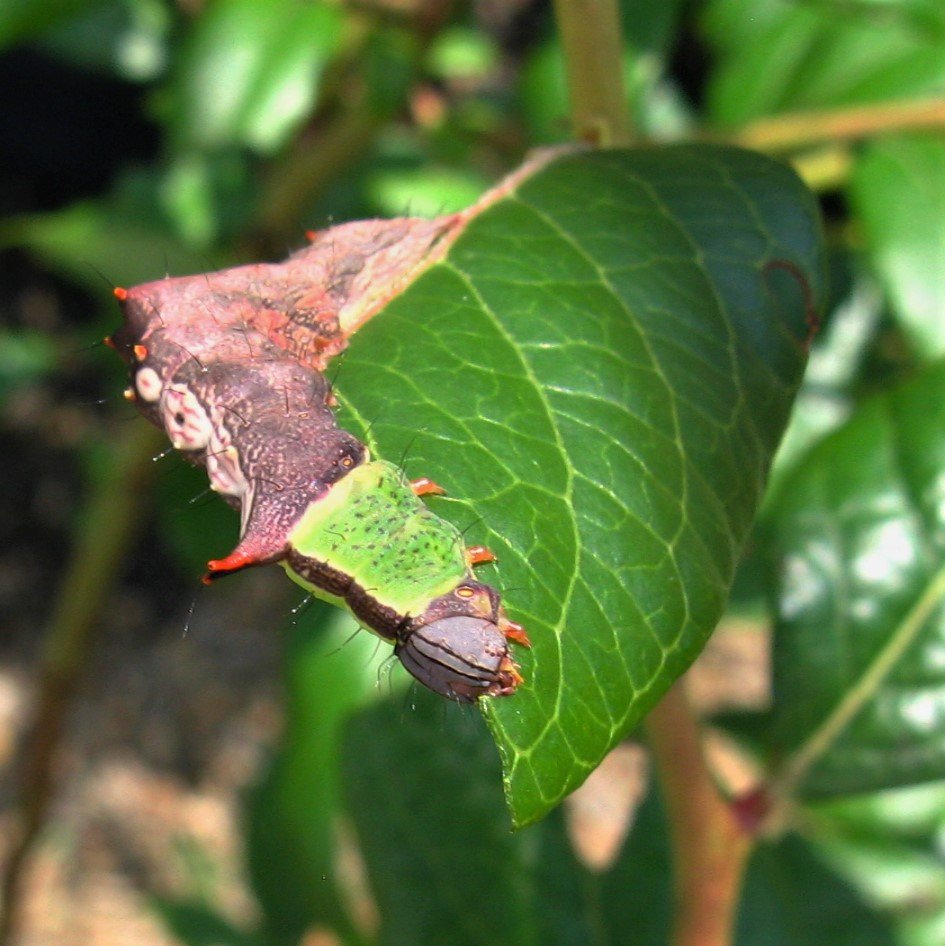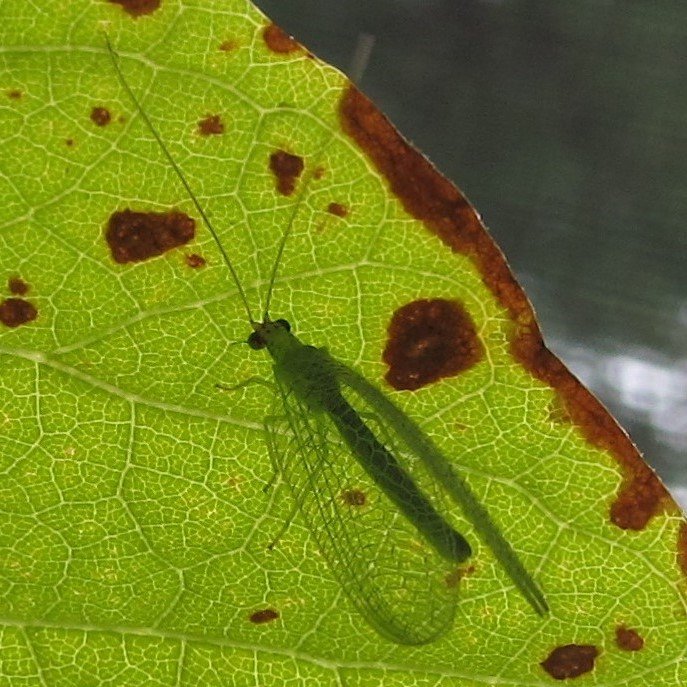Pest Management - Part 1
Author’s note: All bugs are insects, but not all insects are bugs. Arthropods (spiders, ticks, centipedes, etc.) are something else altogether. But this is not an entomology lesson, so for the purposes of this article we will use the familiar albeit unsophisticated term “bug” to cover all the above.
Try this: Find a bug, something large would be best, perhaps one of these:
Now, tear off its wings. Pull off its legs and antennae, too. Now lay it out in the sun on a hot sidewalk and watch it. It squirms and its mouthparts move. The creature appears to be in agony. It probably will not make any noise, or at least none that our ears can hear, but if it could it would be screaming.
Of course you would not do such a cruel thing and neither would I, but I do use insecticides. You probably use them too, to protect yourself, or your pets, or your house, or your plants. Insecticides kill bugs, usually by attacking their nervous system, although sometimes they kill by suffocation or desiccation, or inducing paralysis, or inhibiting energy production, or causing the creature to stop eating and starve. The end result is death in any event, and the route there is usually slow and torturous. How is it better to kill with insecticides as opposed to physically torturing a bug to death? The unpleasant truth is, it isn’t. It is cleaner, in a sense, because we are a little removed from the reality of the deed. It helps too that most of the bugs we’re killing are very small and difficult to see, so we do not have to witness their suffering.
If you are like me, you justify your use of these chemicals by describing the creatures you kill as being "bad bugs." Most people would include the following as bad bugs: fleas, ticks, mosquitoes, flies and cockroaches. People who enjoy growing plants will probably expand the list to include aphids, whitefly, thrips, spider mites and mealybugs. How about caterpillars? They eat leaves and can do a lot of damage to crops and ornamental plants, so they must be bad bugs. But when some of them turn into butterflies, we feel differently about them. What about spiders? Most people seem to think of spiders as bad and will kill them, largely out of fear, but spiders eat other bugs and so might be thought of as good.
It gets complicated, because it is complicated. Life is an unimaginably huge and complex system in which all the parts are somehow interwoven. So much is still unknown to us. A great deal of brilliant science has gone into the formulation of modern pesticides and still they are blunt instruments, especially in the way they are so often misused. When I started out in horticulture I was shocked to learn how drenched the whole business is in pesticides, and how accepted their use is. I was repelled by this, and yet over time I came to be more accepting of it, and now looking back I realize that I have killed literally millions of living creatures, and did so with rational intent. I can't make excuses for this behavior. I grow plants for a living, so I protect the plants I grow. Bugs that eat plants are my enemies, so I destroy them.
I think of myself as one who loves nature, and so this wanton destruction of certain parts of it deemed undesirable does not sit comfortably with me. I still do it — I use fungicides, insecticides and herbicides on a regular basis — but I work to remain conscious of what I'm doing and try to do it as responsibly as I can. I have made the god-like choice to kill certain things, but I try to be both intelligent and sensitive in the way I go about it. This is a horribly compromised position to be in, but when I look around it seems to me that being horribly compromised is part of the human condition.
A big part of my approach to pest management is to begin by thinking of the bonsai garden, and the bonsai displayed within it, as being a tiny piece of the natural world. The walls that contain the garden do not exclude it from greater nature, just as the pot that holds the bonsai does not exclude that plant from greater nature. I have to be careful about what I do with the garden and with the bonsai because they are connected to everything else in nature. It follows then that it's useful to acquire as much knowledge as possible regarding the way nature works. This is an ongoing, never ending effort, but not at all a dreary chore. The study of nature is fascinating — you can spend your whole life pursuing it — and deeply humbling. With each little piece of the puzzle you think you've put in place comes the increasing realization that the puzzle is gigantic, as big and complicated as the world itself, and multi-dimensional, and possibly some parts of it you thought you had right do not actually go together the way you thought they did.
The greatest aid to learning about the environment around us is to be observant. I spend a lot of time at work just looking at the bonsai, and at the plants in the garden. Part of this is related to design decisions: Should I remove that lowest branch? Should I replace those pink flowering azaleas with something other that has blooms more in harmony with the garden's overall color scheme? But another part of my looking has to do with appearances as they relate to the health of the plants: That plant looks a little droopy — why? The leaves on that plant are damaged — what did it? I look closely at the plant from different angles, at the stem and branches and the underside of the leaves, maybe even collect a damaged part to look at it under a microscope. It takes time and effort to see clearly. Observation will lead to discovery and discovery leads to more questions. What is that thing crawling around there? What made the hole in the ground near that shrub? When we really want to know we go looking for the answers.
One truth learned by being observant and studying the ways of nature is that some parts of it line up with human desires and interests and some don't, and this is particularly true as regards farming and gardening. Those living beings in nature that facilitate the human impulse to cultivate plants we refer to as "garden beneficials." Those that work against our objectives we refer to as "garden pests." It is not only bugs we classify this way. Weeds are pests and certain fungi are as well. Birds and mammals that eat plants or fruits fall into the pest category, but if they eat bugs instead we label them as beneficial. Bugs that eat the bugs that eat our plants are certainly thought of as beneficial, because “the enemy of my enemy is my friend.” Praying mantids, lady beetles, dragonflies, green lacewings (in their larval stage), wheelbugs and soldier beetles are among the common bugs in this category. The presence of these various life forms in your garden or in the vicinity of your bonsai can work to your advantage, so it makes sense to promote their well being. Promoting the well being of the beneficials means being careful about how we respond to the threat posed by the pests. Actually, in order to have the beneficials we need to tolerate a certain presence of the pests!
Wheelbug
Wait. This is getting complicated again and I do not have time for it. It seems the simplest thing to do would be to just use the pesticides and get rid of everything but the plants. Sorry, but my plants are what I care about and my garden is only a very small part of the world. I can't control everything that is wrong in the world, but can't I please have my plants look nice and be free from insects and disease?
The "kill them all" approach to pest control is misguided for two fundamental reasons: It is not possible; and it is ultimately not desirable. That is why we talk about pest management, not pest elimination.








